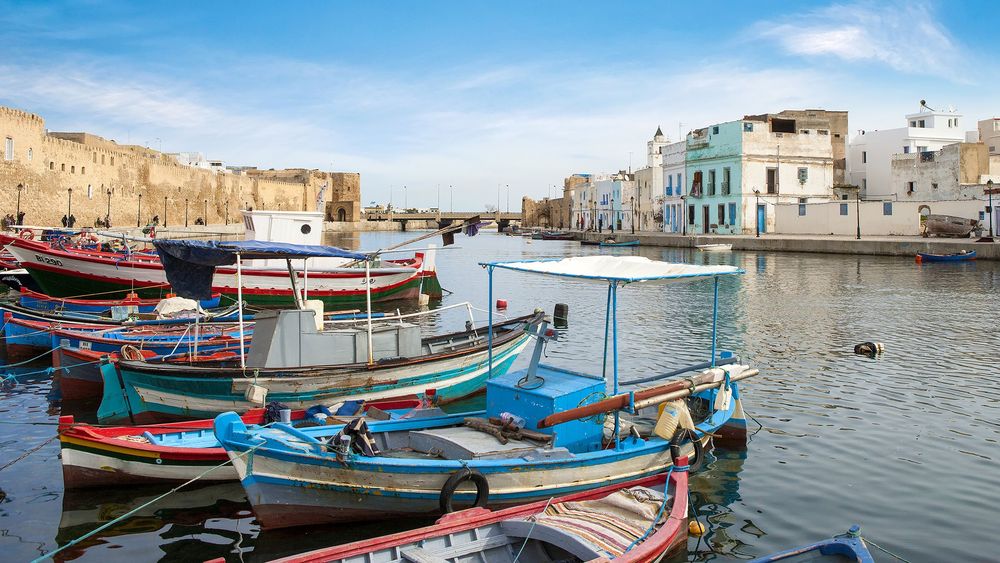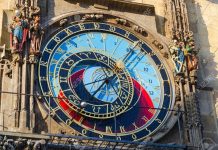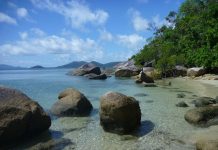Ancient Hippo Diarrhytus was at first a Phoenician trading post, which became a Punic port and then a Roman port. Today you can see the old port and Place – or Square – Slaheddine Bouchoucha, with a nearby fountain, built in 1642. Two mosques deserve a visit – the Rebaa Mosque and the Great Mosque.
The Souk des Forgerons (Souk of the Blacksmiths) is interesting. Artisans working there produce iron masterpieces. The Kasbah and the small fort of Sidi Hani are very charming. The Fort d’Espagne (the Spanish Fort), built by a major pirate in 1573, has been re-developed as an open-air theatre and offers an excellent view of the town and the lake.
There are many sites, with wonderful views, well worth visiting in the areas surrounding Bizerte: for instance, Cap Blanc with the Corniche beach, Cap Bizerte and Djebel Nador, Bechateur, the Ras Engalah lighthouse, Bizerte Lake, Lake Ichkeul and Remel beach.
Gar el Melh
Located in the foothills of Djebel Nadour on the shores of a vast lake fed by the Mejerda River, ancient Punic Rusucmona, today’s Gar el Melh, was for a long period of time a base much feared by pirates. Here you can find three impressive ports and the ruins of an arsenal. In the vicinity, the Sidi Ali Mekki beach is very long and wide, the water is crystal-clear and the white sand is fine. The summit of Djebel Nadour can be reached by car, and offers a superb panorama of the region.
On the other side of the mountain lies Rafraf, a large village famous for wool embroidery on tulle dresses. Its muscat grapes are delicious. A little bit further on lies Ras Djebel, renowned for its vegetables, citrus and beautiful beaches, hidden behind orchards. Cap Zebib is a wild and rocky site, and particularly spectacular.
A ravine divides Metline, a charming village. Its population is largely made up of Andalusian descendants, the Moors evicted from Spain by the Christian Re-conquest.
Zaghouan
Sixty km from Tunis, Zaghouan dominates the hillside site of antique Ziqua whose triumphal gate still remains. You can admire Le Temple des Eaux (Temple of Water), located at the bottom of the impressive rocky escarpments of Djebel Zaghouan. It was from here that the aqueduct transported spring-water to Carthage. The mausoleum of Sidi Ali Azouz is located in the town centre. It has a varnished tile dome and an interior decorated with ceramic tiles and ornamental plaster-work. There are some beautiful views from Zaghouan.
Zaghouan Aqueduct
The one hundred km long aqueduct from Zaghouan to Carthage was built under Hadrian’s rule from 120 to 131. It was repeatedly damaged, and was restored in 203 and 698, in the 10th century, the 13th century, and finally recently. The aqueduct reveals a number of construction designs: You can observe that some of its sections are domed at the top.
On the outskirts of Zaghouan lies Zriba – an old Berber village perched in the mountain. Some houses are partly dug into the rocks. Now abandoned, the village is even more spectacular. Also in the area, you can visit Takrouna, located on a steep slope which also has marvellous views.
Djebel el Oust
This is a thermal spa with mineral waters gushing at around 60°C. Nearby is the ancient Roman thermal spa, with its mosaics, polychrome marble floorings, guest-rooms, swimming pools, the Temple of Water and a small Christian basilica.




























